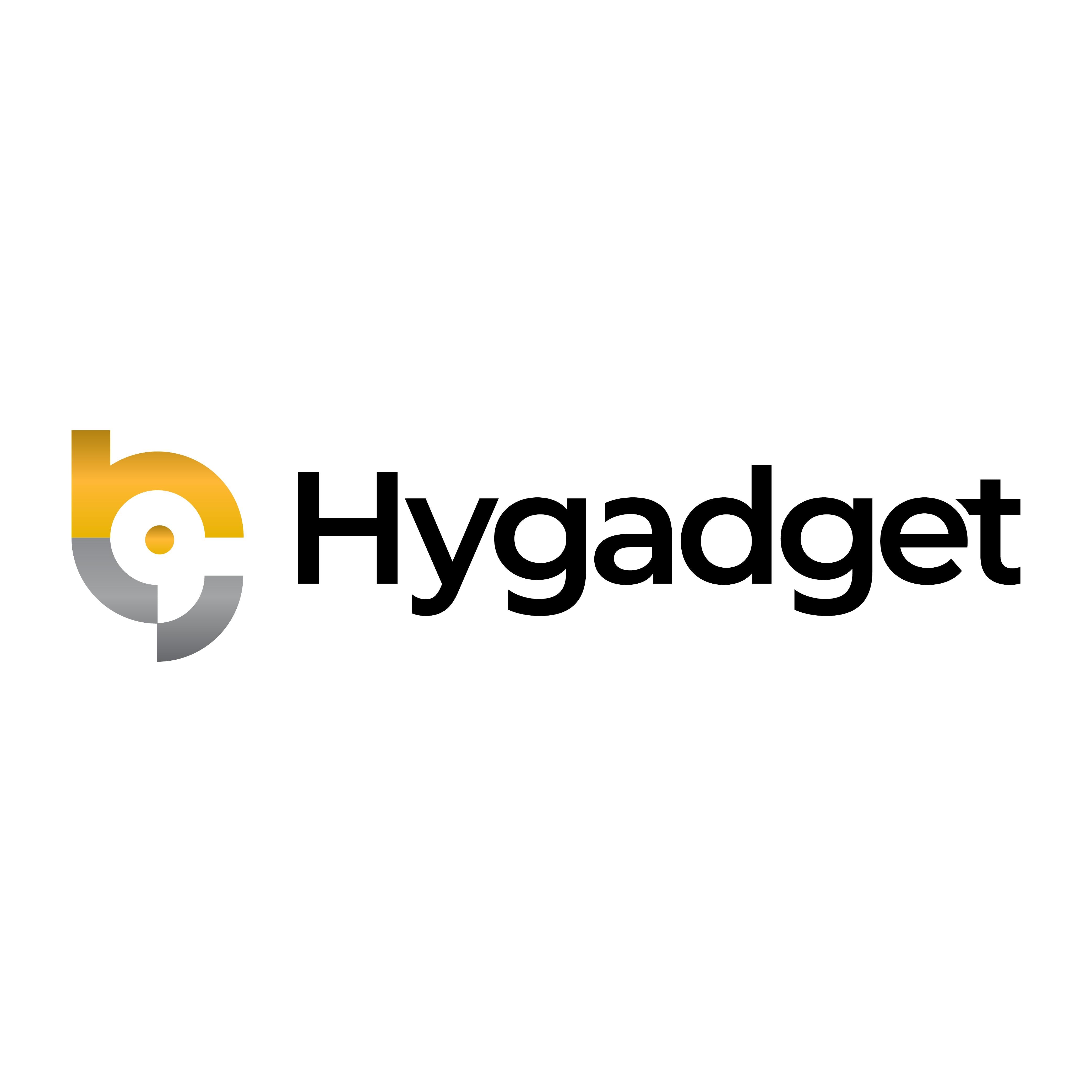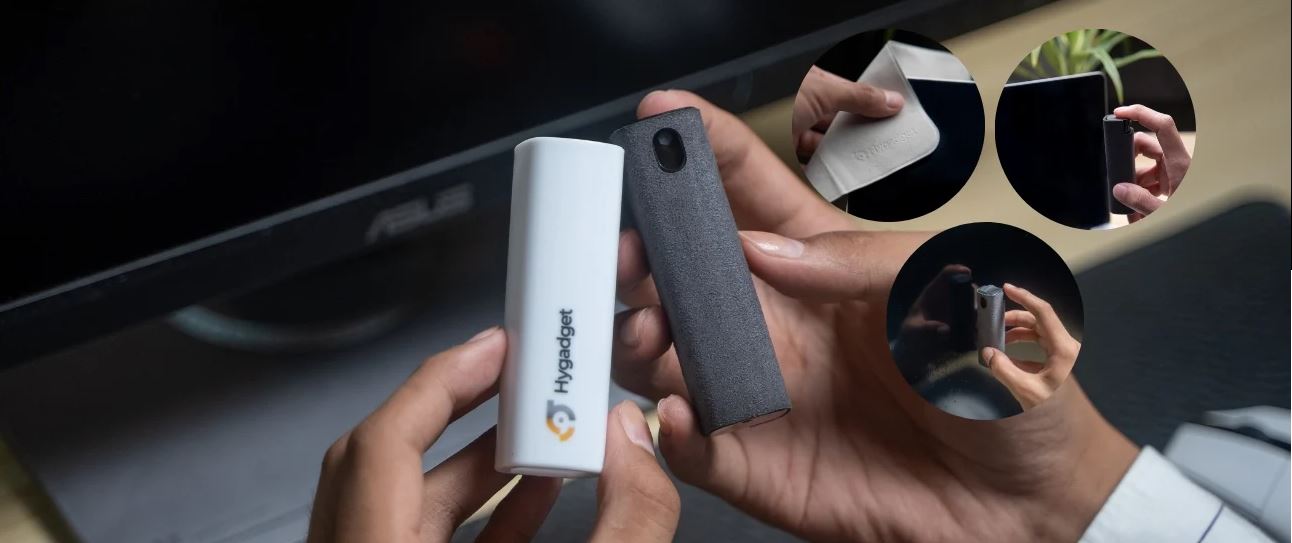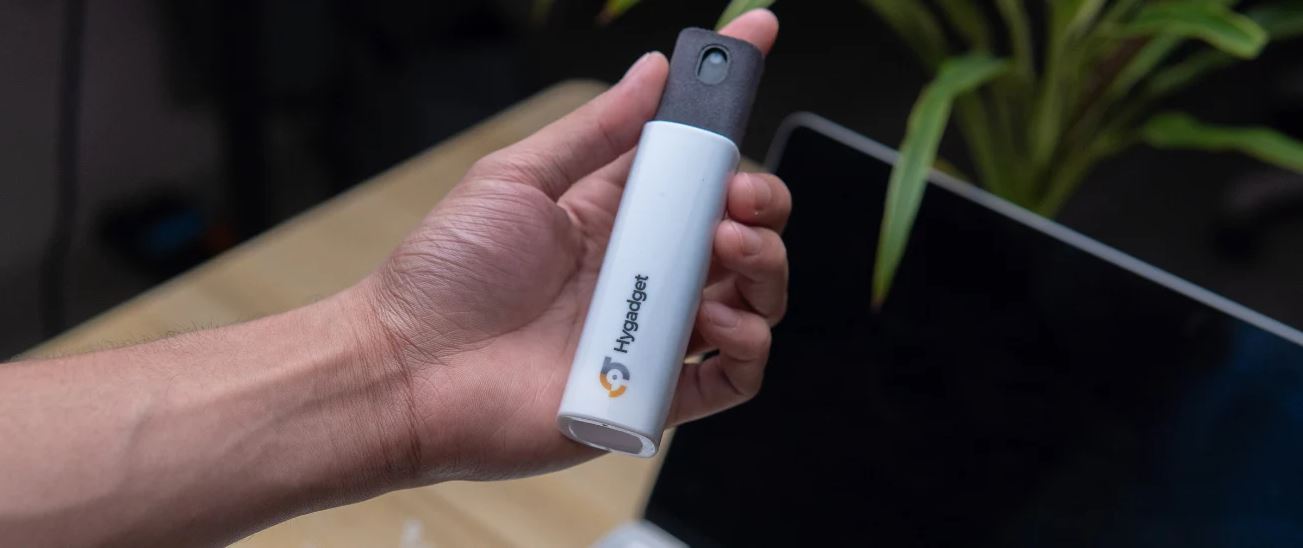We’ve all been there. You turn off your computer or TV screen at the end of the night, and suddenly, it seems like every speck of dust in the universe has made its way onto your screen — and you probably never noticed while you were using it.
Dirty screens can make it hard to see what you’re doing, interfere with touchscreen capabilities, and potentially even cause damage over time. It’s tempting to grab the nearest multi-purpose cleaner or a dish towel to clean the screen off whenever you notice accumulation on the screen, but you’ll just make it worse.
Keep reading to learn why you should be careful with LED screens and how to clean an LED screen safely.
Understanding LED Screens
An LED screen is a type of display used in TV screens, computer monitors, game systems, and car infotainment systems. It uses “light-emitting diodes” to illuminate pixels, which combine to create the images you see on a screen. You can also combine LED screens with touchscreen and other technology to create multi-functional displays for your home, office, and car.
Many LED displays like TV screens have an outer layer to block damage and contaminants from reaching the screen itself. These screens get dirty and must be cleaned safely to avoid interfering with the display’s clarity and responsiveness.
What Makes LED Screens Get Dirty?
There are plenty of ways your TV screen or other LED screens can get dirty, both from you and your environment.
Food residue, makeup, dust, and dirt from your hands can easily cover a touchscreen tablet or infotainment screen. The electromagnetic waves produced by TV screens and other electronics will also attract dust to their screens, which is why you’ll often be able to see more dust on your TV screen and monitor than on other surfaces.
No matter how your screens get dirty, cleaning them is the best way to ensure they work correctly and last longer. But you need to clean them carefully to avoid causing more damage.
Why Do You Need to Be Careful When Cleaning An LED Screen?
You’re probably aware that LED displays are fragile when it comes to drops and other physical impacts, but did you know they’re also sensitive to cleaning?
Using the wrong cleaning solution or scrubbing too hard can lead to screen damage that’s even worse than a dirty screen. You can scratch the outer layer of the device permanently if you don't use a soft cloth, erode the screen with harmful chemicals, or do water damage when using liquid cleaners that get into sensitive electronics.
So, if you want to protect your most valuable (and expensive) devices from cleaning-based damage, it’s essential that you know how to clean an LED screen safely.
What You’ll Need to Clean Your LED Screen Safely
Cleaning your LED screen is pretty straightforward. You’ll need a way to wipe off the screen, a cleaner to remove stubborn residue, and something to dry off any liquid you use to clean it.
Option 1: The All-In-One Hyscreen Kit Screen Cleaner

If you don’t want to worry about finding screen-safe supplies to use for your LED screens, look no further than the Hyscreen Kit.
This all-in-one collection includes everything you need to clean any LED, LCD, TV screen, or other type of screen your electronics may have. It includes a high-quality microfiber cleaning cloth that’s scratch and lint-free, a streak-free cleaner that protects your screen from bacteria and static to avoid dust buildup, and a polishing cloth that leaves your screen spotless and damage-free.
The Hyscreen Kit also includes a convenient traveling case so you can keep your phone, infotainment system, or laptop screen crystal-clear and clean anywhere you go.
Option 2: Assorted Cleaning Supplies
If you’re confident that you can find high-quality cleaning materials without a kit, you can also gather your own supplies.
You should prepare:
-
2-3 microfiber cloths
-
Distilled water or a screen-safe electronic screen cleaner
If you have access to a polishing cloth, you can replace a microfiber cleaning cloth with it. Either way, you’ll want to have at least one dry and one moist cloth to avoid smudging and streaks.
When gathering your own supplies, never use:
-
Glass cleaner
-
Window cleaner
-
Acidic solutions like ammonia
-
Household cleaners
-
Rubbing alcohol or peroxide
-
Paper towels
-
Dish towels
These materials can cause chemical damage or leave scratches on your screen.
A Step-by-Step Guide to Cleaning LED Screens
Once you’ve gathered your supplies, you’re ready to carefully begin cleaning your screen. You can choose one of two different strategies for cleaning your screens: wet or dry.
Dry cleaning is best for maintaining and cleaning screens that aren’t very dirty. It allows you to remove surface dust and dirt. However, fingerprints and other residues that affect screen clarity may smudge and spread if not removed with a cleaner. You'll be surprised how much fingerprints can affect your screen.
Wet cleaning requires more supplies and takes more time, but it can remove severe buildup from your screens. However, you’ll need to be more careful when introducing a cleaner.
How to Clean Your LED Screen
These steps will work for most screens, but keep in mind that you may have to adjust some instructions for your device type.
Step 1: Turn Off Your Screen or Device
You should always turn off your TV screen or laptop, lock your phone or tablet, and turn off your car before cleaning off their screens. It’ll be easier to see the dust and dirt on the dark background, and you’ll be able to minimize the risk of damaging electronics or touching hot screen surfaces.
Step 2: Wipe The Screen Off With A Dry Cloth
Whether you’re using a wet or dry-cleaning strategy, you should always begin with a dry microfiber cloth. Using circular motions, wipe the screen’s surface with just a microfiber cloth to remove dust, dirt, and other surface-level buildup.
Step 3: Apply Your Cleaning Solution To A Microfiber Cloth
If you still have residue on the screen after dry-cleaning, you need a cleaner to help break down the stubborn substance. Apply the solution directly to your microfiber cloth, not to the screen itself, to avoid causing any moisture damage.
Step 4: Use The Damp Cloth To Wipe The Screen In A Circular Motion
With the slightly damp microfiber cloth, gently wipe the screen in a circular motion to remove grime and other debris from the screen. It’s okay to leave some leftover moisture behind but avoid any pooling or droplets from forming.
Step 5: Remove Leftover Cleaning Solution With A Dry Cloth
After you’ve removed the dirt from the screen, use a dry microfiber cloth or the opposite side of the moist cloth to remove excess moisture.
Step 6: Polish The Screen
To finish up, you can take your polishing cloth or other lint free cloth and gently wipe the screen in small circles to remove smudges or streaks from the surface for a spot-free screen.
Step 7: Apply A Screen Protector
If you want to avoid damage or dirt accumulation directly on the screen, you can add a screen protector to your freshly-cleaned device. After, you can simply replace the screen protector when it gets dirty or clean it off instead of risking damage to the screen itself.
For car owners, here is a step-by-step guide specifically for cleaning your car's touch screen.
Expert Tips For Maintaining and Cleaning Your LED Screens
A clean screen is a responsive and long-lasting screen. Most devices with LED screens cost a pretty penny, so avoiding damage with proper cleaning and maintenance can save you the cost of replacing devices regularly.
Here are a few quick tips to keep in mind when it comes to keeping your screens clean:
-
Avoid chemical cleaners that can damage your screen
-
Clean your LED TV screen with anti-static cleaner to minimize dust
-
Wipe gently and don’t press too hard; excessive pressure can permanently damage the screen’s pixels
-
Never spray your cleaning solution directly onto the screen
-
Most LED displays don't use glass screens, so don’t use glass cleaner or window cleaner
-
Avoid paper towels, beach towels, and hand towels to prevent micro scratches
-
Remove dirt, oils, food, and other residue quickly to avoid stubborn buildup
-
Gently wipe your screen with a dry, soft cloth regularly to avoid needing to wet-clean it
-
Add a screen protector to lower the risk of damaging your screen during cleaning.
With these tips, you'll be able to clean and maintain your LED screens without a worry.
Safely Clean Your LED Screen With Hyscreen
Nobody likes looking at greasy fingerprints, dust speckles, and streaks when there’s a black web page, a dark scene on your LED TV screen, or you turn your device off.
Fortunately, with the right tools and knowledge, you can clean your LED screens and keep them looking their best – and the Hyscreen Kit makes it easy.







